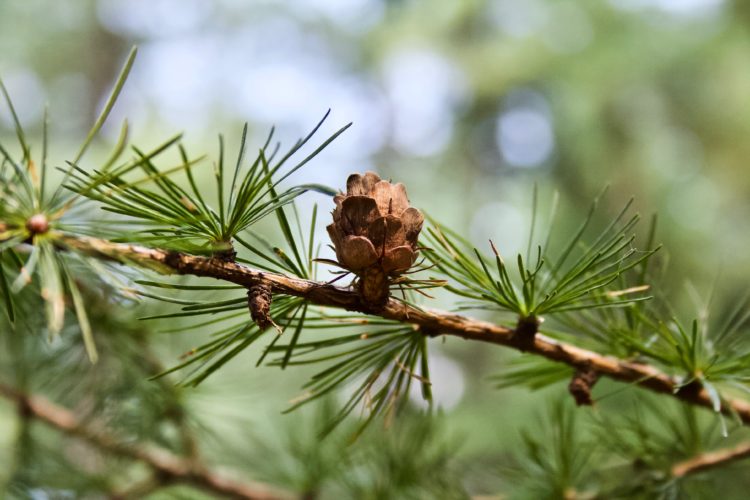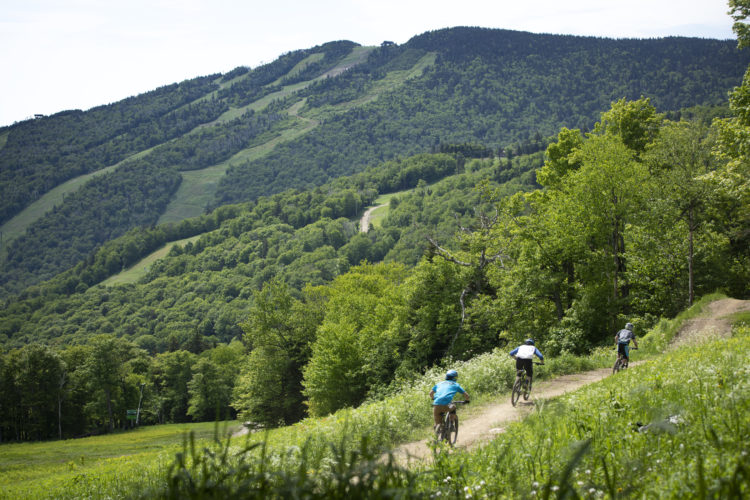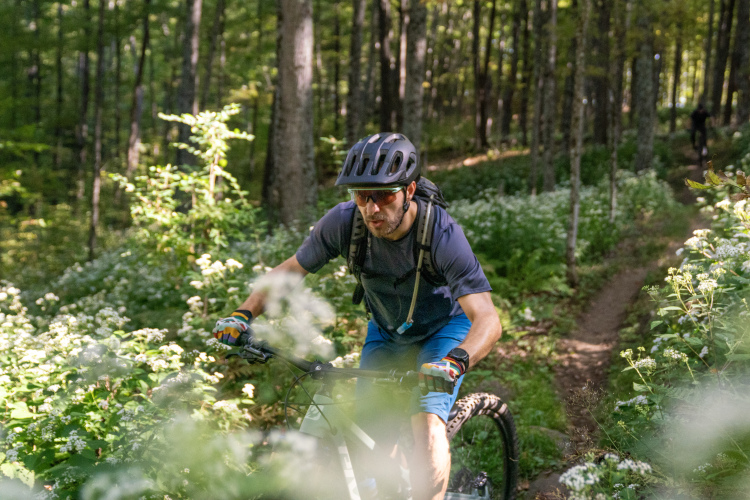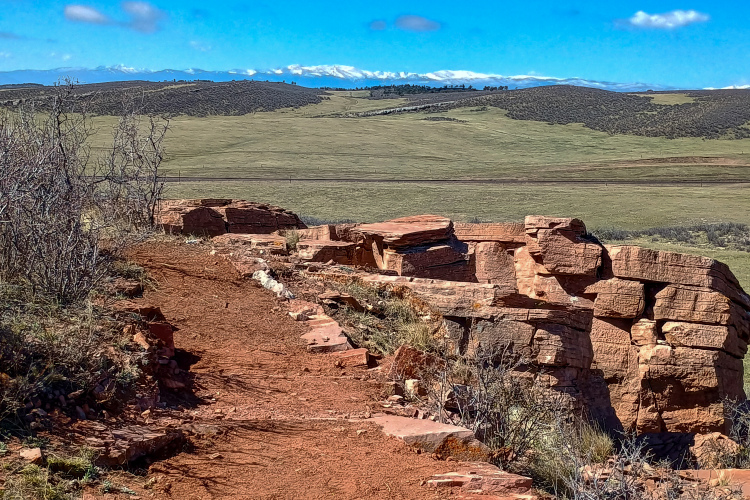
🌲 A Mountain Biker’s Guide to Nature (MBGTN) is a series dedicated to exploring the natural world that intersects with the trails we ride.
For many mountain bikers like myself, mountain laurel (Kalmia latifolia) is a plant that’s closely identified with some of the best mountain bike trails on the east coast of the United States. This tree-like shrub can be found lining, and in many spots enshrouding, singletrack trails from Florida to Maine (and possibly as far north as Canada) and west to Louisiana and Indiana. Some refer to thickets of the plant as “laurel hells” because they are nearly impossible to pass through due to the dense and twisting branches, which makes zooming through them all the more exhilarating.

While mountain laurel is technically a shrub, the plants are known to grow up to 30 feet high in the southern Appalachians, with thick, tree-like trunks. Preferring rocky, moist soil, and partial shade, mountain laurel is often found on the slopes of hills and mountains where bikers like to play. In many places the branches of multiple plants intertwine and form “tunnels” which are shaded year round by the plants’ glossy, evergreen foliage.

Mountain laurel typically blooms in May and June, and the flowers have an interesting feature for spreading pollen. As the plant grows, filaments within the stamen are brought into tension, and when a pollinator lands on the flower, the tension is released, flinging the pollen onto the insect. Studies have shown the pollen can travel up to 15cm (6 inches) in this way. However, honey produced from mountain laurel is known to be toxic to humans and other animals, along with the other parts of the plant as well. According to Wikipedia, mountain laurel poisoning symptoms, which generally appear about six hours after ingestion, include:
[Irregular] or difficulty breathing, anorexia, repeated swallowing, profuse salivation, watering of the eyes and nose, cardiac distress, incoordination, depression, vomiting, frequent defecation, weakness, convulsions, paralysis, coma, and eventually death.
Also known as spoonwood, mountain laurel branches and burls are used to make spoons and bowls for pipes. The supple wood is also used to make decorative items like wreaths and railings.
Mountain bikers will be interested to know that Native Americans have found mountain laurel useful as an analgesic. Specifically, crushed leaves have been used to rub onto briar scratches while a salve from the leaves can be used to sooth muscle cramps.
A high flammability rating means the plant should not be allowed to grow close to buildings, and it is quickly consumed by forest fires. Mountain laurel is generally part of the understory within a forest, and has flourished in many places over the past 100 years, perhaps due to the loss of canopy species like the Chestnut.












0 Comments